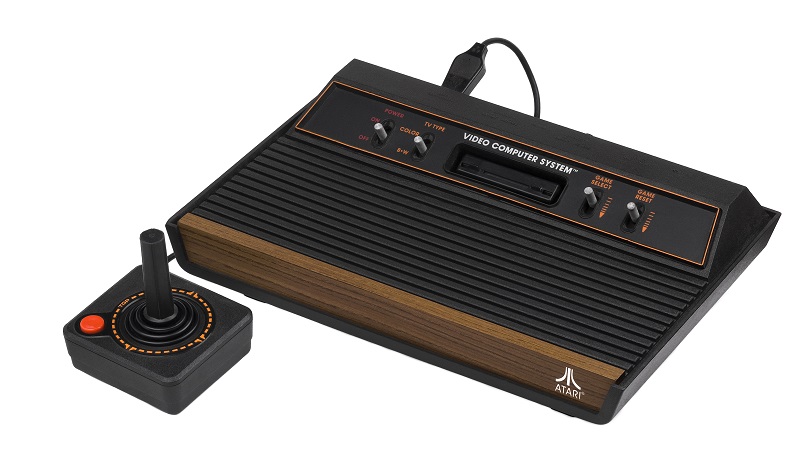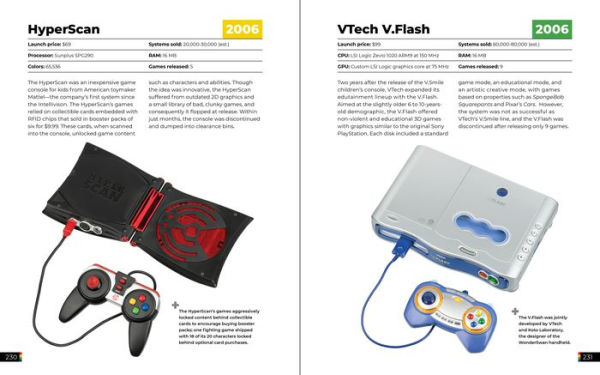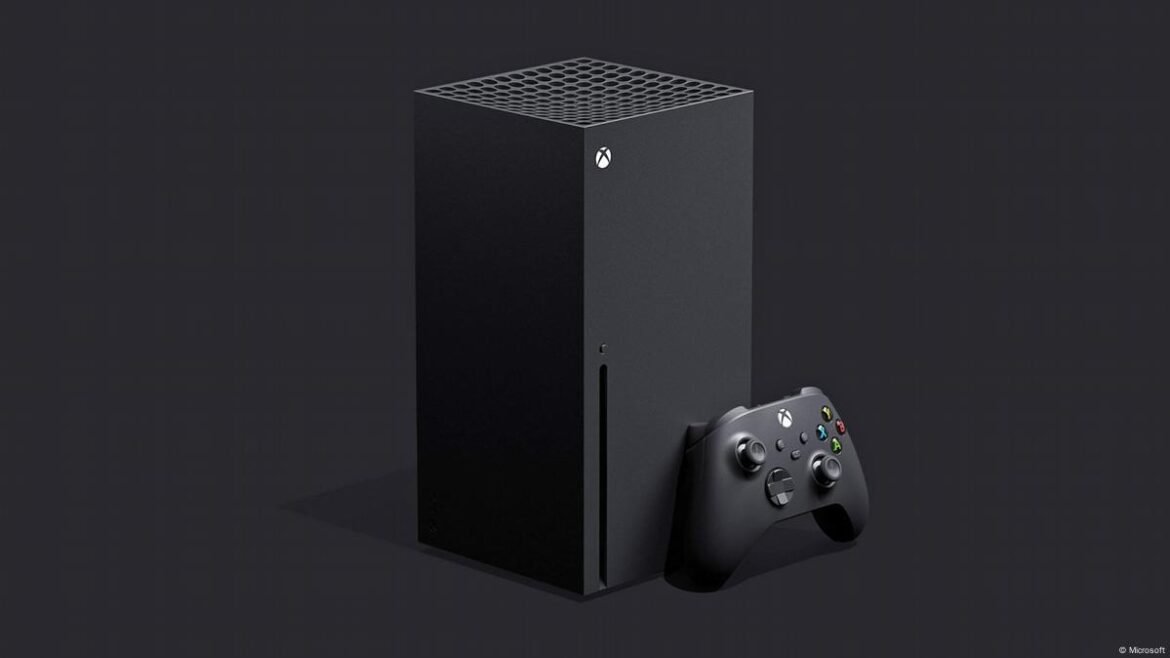
Introduction
Overview of Gaming Consoles Evolution
Gaming consoles have come a long way since their inception, revolutionizing the way we engage with digital entertainment. From the simple beeps of the Atari 2600 to the stunning visuals of the Xbox Series X, the journey of gaming consoles is a testament to technological advancement. Early platforms laid the groundwork for future innovations, pushing boundaries and immersing players in expansive virtual worlds.
- Atari 2600 (1977): Pioneering home gaming with cartridge-based games.
- Nintendo Entertainment System (NES) (1983): Revitalizing the gaming industry post-1983 crash.
- PlayStation (1994): Introducing CD technology and 3D gaming.
Importance of Gaming Consoles in the Tech Industry
The significance of gaming consoles within the broader tech landscape cannot be overstated. They have not only driven hardware innovation but have also influenced software development and multimedia entertainment.
- Market Influence: Gaming consoles generate billions in revenue, shaping economic trends.
- Cultural Impact: Consoles have fostered communities and inspired countless artistic endeavors.
- Technological Advancements: They continue to push limits in graphics processing, AI, and online interactivity.
In this blog on TECHFACK, we will explore this fascinating evolution, highlighting key milestones and innovations that have shaped the gaming industry today.

The Early Days: Atari and NES
Introduction to Atari 2600
The journey of gaming consoles truly began with the release of the Atari 2600 in 1977. As one of the first home consoles to utilize interchangeable cartridges, it revolutionized the gaming landscape. Suddenly, players had access to a variety of games, breaking away from the monotonous arcade experience.
- Iconic Games: Titles like “Pong” and “Space Invaders” captivated audiences.
- Cultural Shift: Gaming transformed from arcades into households, shaping family entertainment.
Reflecting on my own childhood, I remember the thrill of unboxing that sleek console. It wasn’t just a device; it was a portal into fantastical worlds!
Rise of Nintendo Entertainment System (NES)
Fast forward to the mid-1980s, the landscape was forever altered with the introduction of the Nintendo Entertainment System (NES) in 1985. Riding the wave of a gaming industry revival, the NES set new standards for quality and innovation.
- Gameplay Innovations: The NES boasted a superior graphics engine, enabling immersive storytelling.
- Franchise Foundations: Iconic franchises like Mario and The Legend of Zelda launched, creating a legacy that persists today.
The NES didn’t just provide entertainment; it defined a generation, nurturing a passion for gaming that would only grow stronger in years to come. As we explore further, the contrasts with subsequent generations will illuminate just how far gaming has evolved since those early days.

16-Bit Era: Sega Genesis and Super Nintendo
Sega Genesis: The Genesis of Sonic the Hedgehog
The 16-bit era kicked off with the launch of the Sega Genesis in 1989, introducing gamers to a vibrant new world of graphics and sound. It marked a significant leap in technology, bringing forth beloved characters, most notably, Sonic the Hedgehog.
- Speed Meets Style: Sonic’s iconic speed broke the mold of conventional platformers.
- Diverse Library: The Genesis hosted a range of genres, from sports games like “Madden NFL” to RPGs such as “Phantasy Star.”
I fondly remember racing through Green Hill Zone, feeling the adrenaline rush as I collected rings. Sonic not only set the bar for platformers but also instigated fierce competition with Nintendo.
Super Nintendo Entertainment System (SNES): Nintendo’s 16-Bit Powerhouse
In response, Nintendo launched the Super Nintendo Entertainment System (SNES) in 1990, solidifying its dominance in the gaming market. The SNES showcased stunning graphics and an unforgettable library of titles.
- Innovative Gameplay: With games like “Super Mario World” and “The Legend of Zelda: A Link to the Past,” it introduced complex storytelling and engaging mechanics.
- Multiplayer Delight: The console became a social touchstone, allowing friends to enjoy cooperative and competitive gaming experiences together.
Reflecting on my time with the SNES, it was more than just a console; it was a shared experience with friends, battling through levels and sharing the joy of victory. As we journey through the evolution, the rivalry between Sega and Nintendo set the stage for future innovations in gaming.

CD-ROM Revolution: PlayStation and Sega Saturn
Sony PlayStation: Redefining Console Gaming
The gaming world experienced a significant transformation in 1994 with the introduction of the Sony PlayStation. By utilizing CD-ROM technology, it offered expansive storage and improved audio-visual fidelity, completely redefining console gaming.
- Game Design Freedom: Developers were no longer constrained by the limitations of cartridges, allowing for richer narratives and cinematic experiences.
- Iconic Titles: Games like “Final Fantasy VII” and “Metal Gear Solid” not only captivated gamers but also expanded the storytelling potential of video games.
I still hold fond memories of exploring Midgar for the first time—every battle and cutscene felt like an epic adventure. The PlayStation established itself as an industry titan, introducing millions to a new realm of gaming.
Sega Saturn: The Short-lived Sega Console
In the same era, Sega launched the Saturn in 1994, aiming to compete head-to-head with the PlayStation. Unfortunately, its rushed release and marketing missteps led to its early demise.
- Technical Capabilities: While it boasted impressive 2D graphics and a few standout titles like “Nights into Dreams,” it struggled to find its footing in a rapidly changing market.
- Legacy: Despite its short lifespan, the Saturn became a collector’s item, and its unique games hold a special place in the hearts of dedicated fans.
As we delve deeper into the evolution of gaming consoles, it is essential to appreciate how the competition between Sony and Sega shaped the industry’s landscape, paving the way for future innovations and rivalries.

3D Graphics and Innovation: Nintendo 64 and PlayStation 2
Nintendo 64: The Pioneering 3D Console
The launch of the Nintendo 64 in 1996 marked a bold step into the world of 3D gaming. It was the first console to feature true 3D graphics, creating immersive experiences that captivated players and set new standards for game design.
- Iconic Franchises: Titles like “Super Mario 64” and “The Legend of Zelda: Ocarina of Time” revolutionized gameplay by introducing expansive worlds and intricate puzzles.
- Multiplayer Fun: The console’s four controller ports facilitated legendary couch co-op experiences with friends.
I remember gathering with my buddies for Mario Kart races, the laughter and friendly rivalry making every moment unforgettable. The Nintendo 64 not only showcased technological innovation but also fostered communal gaming experiences.
PlayStation 2: The Bestselling Console of All Time
Following closely, Sony released the PlayStation 2 in 2000, which would go on to become the bestselling console of all time. With its ability to play DVDs, it combined gaming with home entertainment.
- Diverse Library: Over its lifespan, the PS2 boasted an enormous library of games, including “Grand Theft Auto: San Andreas” and “Final Fantasy X,” appealing to a broad audience.
- Online Gaming: It paved the way for online multiplayer experiences, forever changing how gamers connected.
Reflecting on my own gaming journey, the PlayStation 2 served as a hub of entertainment in my home, bringing friends and family together for countless hours of unforgettable fun. As we explore further, the innovations of this era laid the groundwork for the future of gaming.

High Definition Gaming: Xbox, PlayStation 3, and Wii
Introduction of Xbox and Halo
The dawn of the new millennium brought with it the introduction of the original Xbox in 2001, marking Microsoft’s entry into the gaming console battlefield. With its standout title, “Halo: Combat Evolved,” the Xbox quickly became a serious contender.
- Multiplayer Experience: Halo’s innovative online multiplayer mode shifted the landscape, allowing players to connect and engage in large-scale battles.
- Powerhouse Hardware: The Xbox set a precedent for powerful consoles that could handle high-quality graphics and immersive gameplay.
I vividly remember the late-night gaming sessions, where my friends and I strategized our way through intricate missions, sharing the excitement of victory.
PlayStation 3: Blu-ray and Cell Processor
In 2006, Sony responded with the PlayStation 3, featuring groundbreaking technology such as the Cell processor and built-in Blu-ray support, providing gamers with stunning graphics and high-quality viewing experiences.
- Extensive Library: The PS3 offered a vast array of titles, including “Uncharted” and “The Last of Us,” known for their storytelling and detailed environments.
- Online Services: PlayStation Network introduced online gaming and downloadable content, significantly enhancing the gaming experience.
Nintendo Wii: Revolutionizing Motion Controls
Not to be outdone, Nintendo launched the Wii in 2006, a console that completely redefined gaming with its motion control technology. The Wii catered to families and a broader audience, transcending traditional gaming demographics.
- Inclusive Gameplay: Games like “Wii Sports” encouraged physical activity and social interaction, breaking barriers for non-gamers.
- Unique Experiences: The Wii introduced a new way to play, where swinging a controller could send a bowling ball crashing down the lane.
As I look back, the arrival of the Wii meant that family game nights became more active and engaging, solidifying the console’s place in gaming history. The evolution during this era laid the groundwork for future innovations and highlighted the diverse avenues through which gaming could captivate audiences.

The Era of Motion Gaming: Xbox Kinect and PlayStation Move
Xbox Kinect: Controller-Free Gaming
As the gaming landscape evolved, the Xbox Kinect burst onto the scene in 2010, introducing an innovative approach to interactive gameplay. With a remarkable range of motion sensing, it allowed players to control games with their bodies—no controller required.
- Fully Immersive Experience: Kinect’s ability to detect voice commands and body movements brought a new level of immersion, letting players engage in exercise games or dance-offs.
- Fitness Revolution: Titles like “Kinect Sports” turned gaming into a social and fitness activity, transforming living rooms into vibrant activity spaces.
I remember gathering friends for a Kinect dance party, where laughter filled the room as we attempted to outscore each other while flailing around. It was a refreshing and active twist on traditional gaming.
PlayStation Move: Sony’s Motion Controller
Around the same time, Sony launched the PlayStation Move, offering an alternative motion-sensing experience. Utilizing the PlayStation Eye camera and wand-like controllers, it provided precise tracking and gameplay versatility.
- Enhanced Interaction: The PlayStation Move included games like “Sports Champions” and “Dance Central,” allowing for accurate gestures and an engaging multiplayer experience.
- Broad Game Library: With a mix of existing titles adapted for motion control, it appealed to both casual and hardcore gamers alike.
Reflecting on the excitement of wielding the Move controller, it became more than just gaming—it was about engaging with friends, sharing experiences, and creating lasting memories. This era marked a significant shift, demonstrating the potential of motion gaming and setting the stage for future innovations.

Current Generation: PlayStation 4, Xbox One, and Nintendo Switch
PlayStation 4: The Dominance Continues
Entering the current console generation, the PlayStation 4 launched in 2013 and quickly established its dominance. With robust hardware and an impressive library of exclusive titles, it became a cornerstone of modern gaming.
- Stellar Game Library: Iconic franchises like “God of War,” “Horizon Zero Dawn,” and “Spider-Man” captivated players with breathtaking visuals and compelling narratives.
- Community Engagement: Features like Share Play and integrated streaming options made sharing gaming moments easier than ever.
I fondly remember the emotional journey of playing “The Last of Us Part II,” where the storytelling left a lasting impact.
Xbox One: Microsoft’s All-in-One Entertainment System
Microsoft introduced the Xbox One, positioning it as an all-in-one entertainment system that seamlessly integrated gaming, TV, and media streaming.
- Backward Compatibility: Its commitment to backward compatibility allowed players to revisit classic Xbox 360 games, enhancing its appeal.
- Xbox Game Pass: This subscription service offered a vast library of games, making it a gamer’s dream.
I found great joy in discovering new titles through Game Pass, ensuring I was never short of exciting games to explore.
Nintendo Switch: Hybrid Console Success Story
In a groundbreaking move, Nintendo launched the Switch in 2017, blending home and portable gaming into one seamless experience. The hybrid console quickly became a fan favorite.
- Versatile Gameplay: Gamers could easily switch between playing on the TV and handheld mode, accommodating various lifestyles.
- Innovative Titles: Games like “The Legend of Zelda: Breath of the Wild” and “Animal Crossing: New Horizons” drew players into enchanting worlds, redefining gaming experiences.
Reflecting on group gaming sessions with friends in front of the TV or on a road trip, the Switch was always the go-to console for fun and creativity. As we transition to discussing the next generation, each of these consoles has significantly shaped the industry and the future of gaming.

Next-Gen Consoles: PlayStation 5 and Xbox Series X
PlayStation 5: Sony’s Speed and Graphics Leap
The highly anticipated release of the PlayStation 5 in November 2020 took the gaming world by storm. With state-of-the-art hardware, the PS5 promised unprecedented speed and breathtaking graphics, truly reshaping the gaming landscape.
- Lightning Fast Load Times: Thanks to its custom SSD, loading times became virtually non-existent, allowing players to dive straight into games.
- Stunning Visuals: Titles like “Demon’s Souls” showcased jaw-dropping graphics and intricate details that left players in awe.
I remember firing up “Spider-Man: Miles Morales” and being instantly immersed in the beautifully rendered world of New York City, feeling the thrill of swinging through its luminescent streets.
Xbox Series X: 4K 120fps Gaming Experience
On the other side, Microsoft launched the Xbox Series X, touting itself as the most powerful console ever made. It focused on delivering an exceptional gaming experience with 4K support and up to 120 frames per second.
- Backwards Compatibility: The Series X continued Microsoft’s commitment to backwards compatibility, enabling players to enjoy a vast library of previous-generation titles.
- Smart Delivery: This feature allowed players to access the best version of their games, no matter which console they originally purchased them for.
Reflecting on my gaming experiences, the seamless transition between generations allowed for cherished old favorites to be enhanced visually and performance-wise. As we embrace the next generation, both consoles have solidified their places in the hearts of gamers, paving the way for a thrilling future.

Conclusion
Summary of Gaming Consoles Evolution
Reflecting on the evolution of gaming consoles, it’s fascinating to see how far we’ve come from the simplistic graphics of the Atari and NES to the immersive experiences offered by the PlayStation 5 and Xbox Series X. Each generation has contributed unique innovations, including:
- Graphics Advancements: From 8-bit pixels to stunning 4K visuals.
- Gameplay Innovations: The introduction of motion controls and online multiplayer experiences.
- Community Building: Consoles have increasingly focused on social connectivity, enhancing how we play together.
I personally cherish the memories created across these generations, from competitive couch gaming sessions to playing solo through captivating narratives.
Future Trends in Gaming Console Technology
Looking ahead, several trends are set to shape the future of gaming consoles:
- Cloud Gaming: Services like Xbox Cloud Gaming are making games more accessible without the need for high-end hardware.
- Virtual Reality (VR): As VR technology advances, the line between reality and gaming continues to blur, promising even more immersive experiences.
As we navigate this exciting landscape, one thing remains clear: gaming consoles will continually adapt and innovate, ensuring we stay engaged and entertained. The future promises a wealth of possibilities for gamers, and I can’t wait to see where it leads us next!

